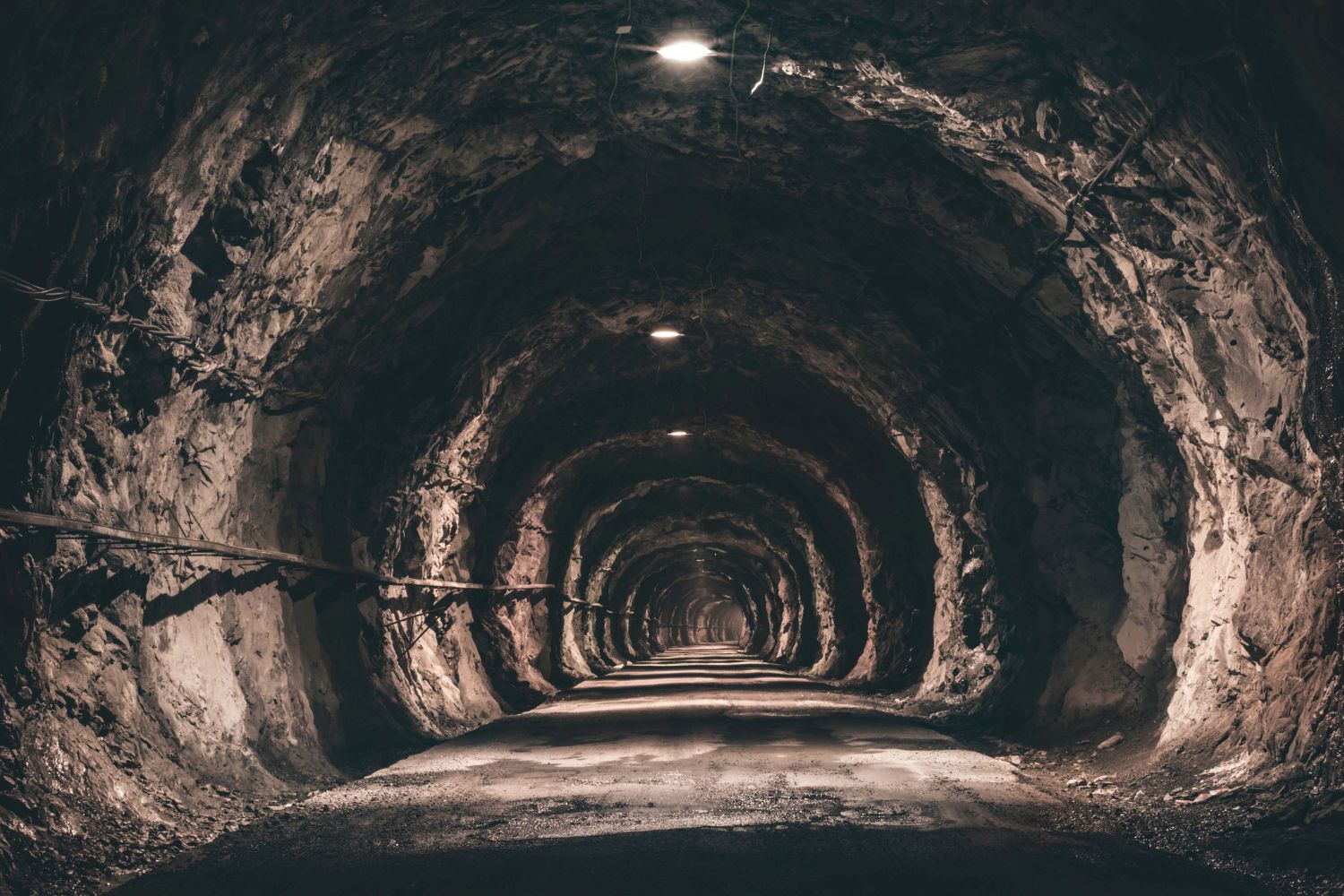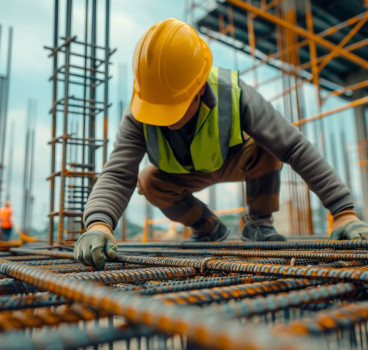Unearthing the forgotten infrastructures that shape construction risk
Beneath the pavements and tower blocks of modern cities stretches a parallel world, a tangled network of forgotten tunnels, disused sewers, long-buried tram lines and wartime bunkers. These subterranean relics of history rarely make it into planning brochures, but for developers and construction teams, they are a very real and costly presence, writes John Ridgeway.
The ground we build on is never truly empty. Every excavation, every foundation, every pile driven into the soil risks encountering a trace of the past, a Victorian drain, a Cold War cable duct, or even an air-raid shelter built in haste during the Blitz. These “ghosts beneath the ground” remind us that modern cities are layered creations, where progress constantly overlaps with memory.
Concrete and clay
London is perhaps the most famous example of this buried inheritance. Beneath its streets lies an intricate web of tunnels, some still in use, others long forgotten. Beyond the Underground network, there are remnants of early postal railways, abandoned Tube stations and war-era bunkers designed to protect the population from air raids. Many of these structures were never properly decommissioned - they were simply sealed off and built over.
The story repeats itself in cities across Europe. In Paris, the catacombs stretch for miles, complicating excavation and foundation work. In Berlin, WWII bunkers still lurk beneath car parks and shopping centres. Even smaller towns conceal obsolete utilities such as gas pipes, power lines and culverts, laid generations ago without modern mapping or documentation. Each represents a potential hazard, a structural uncertainty waiting to be rediscovered. When construction teams break ground, they don’t just dig into soil, they dig into history.
The hidden cost of the unknown
In practical terms, these buried infrastructures pose significant challenges for construction. Unknown voids or tunnels can lead to ground instability, water ingress, or unexpected collapses. Old utilities may still contain hazardous materials like asbestos, lead, or fuel residues. Even minor discoveries can halt a project for days or weeks while safety assessments, surveys and remediation take place.
The financial implications can be dramatic. What begins as a straightforward basement excavation can suddenly require ground reinforcement, heritage assessments, or complete design alterations. Contractors are forced to adapt, balancing cost, safety and compliance. It’s no wonder that subterranean uncertainty is one of the biggest risk factors in modern construction.
However, technology has improved matters with ground-penetrating radar, 3D scanning and digital mapping, which have made it easier to detect anomalies before excavation begins. Yet even the best surveys cannot account for everything. The legacy of centuries of urban evolution runs deep, and some ghosts refuse to be mapped.
Some of the most dramatic discoveries beneath construction sites are those that carry direct safety risks. Across the UK and Europe, unexploded ordnance from the World Wars is still found regularly during groundworks. A single unearthed bomb can halt a multi-million-pound project and trigger large-scale evacuations.

But danger doesn’t only come from bombs. Collapsed or unrecorded tunnels can create voids that undermine building stability. Leaking, long-forgotten fuel tanks can contaminate soil and groundwater. Old clay pipes can redirect water flows and lead to unexpected flooding during works. In older industrial areas, buried contamination from manufacturing by-products can create long-term remediation challenges.
Each discovery adds another layer of complexity to the simple act of building. It is a reminder that construction isn’t just about shaping the future, it’s also about safely managing the remnants of the past.
Mapping the Unseen
To manage these risks, developers and engineers are becoming part archaeologist, part detective. Early-stage planning increasingly includes historical analysis alongside technical surveys. Engineers consult old city maps, aerial photographs and wartime archives to predict what might lie below. As previously mentioned, modern technology such as ground-penetrating radar, LiDAR, and digital twins is helping to transform this data into detailed subsurface models.
These models don’t just prevent accidents - they also improve sustainability and efficiency. Knowing what’s below can reduce unnecessary excavation, protect heritage assets and prevent costly redesigns mid-project. In some cases, developers even integrate historical structures into new builds, preserving a fragment of the city’s memory within the modern landscape. Still, for every mapped tunnel or identified cable, there are countless more that remain unknown.
However, perhaps the most fascinating truth about the ghosts beneath our cities is that they represent continuity, not obstruction. Every generation builds upon the last, repurposing, covering and occasionally rediscovering what came before.
In this sense, the ground beneath our feet is a living archive of human ambition. It contains the evidence of past innovation and past mistakes. For the construction industry, it demands respect, a careful balance between progress and preservation.
Modern building is not just about reaching upward - it’s about understanding what lies below. Beneath every foundation is a story and beneath every city, a forgotten world that continues to shape the cost, complexity, and character of what we build today.
Additional Blogs

What the UK can learn from global construction tech leaders
The UK construction sector stands at a critical crossroads. Mounting pressures - stagnant productivity, acute labour shortages, tightening safety requirements, ambitious carbon-reduction targets and...
Read moreAre architects losing their influence in the digital era?
For decades, architects have been the central creative force in construction, shaping the buildings we see and the way projects are conceived, communicated and delivered. Their role has been...
Read more

Why the word “Innovation” has lost its meaning in construction
“Innovation” has become one of the most overused terms in construction. It appears in the dozens of press releases we receive each day, conference talks and project reports, often without any real...
Read more